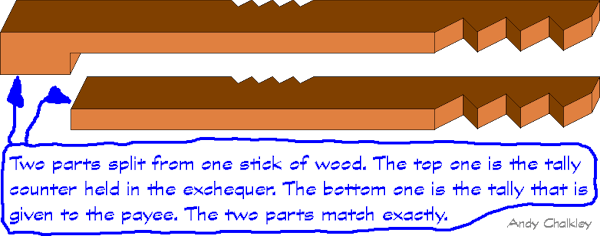learn, do, earn with Dynamics 365 — What is CRM and why will it always be useful
Ana DemenyIf you didn’t get much from my previous article, it’s not you, it’s me! I’ve started with elements of Dynamics CRM , without trying to explain why would anyone ever use such a tool.
Wikipedia does have a CRM definition, but today I am going to give you my take on CRM.
Ever since the beginning of times people had the need to trade goods, to sell. In the beginning a debt could be recorded on a tally stick. Notches were cut into it to record the amount, then the stick was split in two and each party kept half. When the debt was settled the tally was destroyed or kept as a record. As time went on merchants found they needed to keep more accurate accounts of their money and stock.
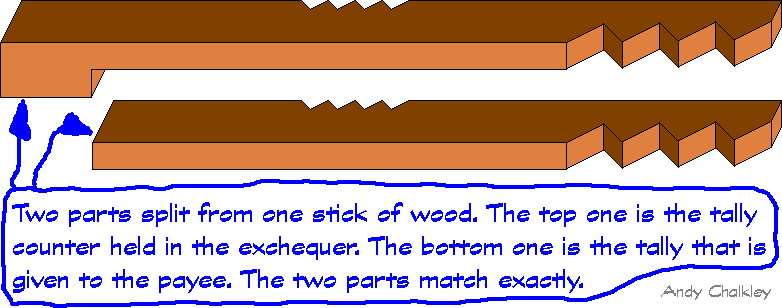 (source: http://www.camelotintl.com/village/trade.html)
(source: http://www.camelotintl.com/village/trade.html)
If you ask me, that is already a CRM. Tradesmen keeping a relationship with their clients. From here, things escalated quickly. People discovered new lands and goods, so with prosperity, a merchant’s job became more complicated. They started owning ships, having employees and dealing at a much greater scale. As trading methods grew more complex, much more paperwork was needed. Merchants had to pay clerks and scribes to help them. There were letters giving details of business deals, bills of sale, orders, contracts to suppliers and documents promising payment. All of these had to be signed and marked with the wax seals of the merchants involved. (source: http://www.camelotintl.com/village/trade.html)
So, the XIII century and humanity needed to keep count of stuff in order to honour agreements and… well, collect debt. This was then followed by bigger industries, banks and, later, by the insurance market started in Edward Lloyd’s coffee house.
Hmm, interesting… people contacted their clients and marketed their goods, they then sold products and services, honoured insurance policies thus offering customer service.
Fast Forward to our era and you see companies building those horrendous excel files that can take down the newest high spec computers, in the attempt to manage their staff and customers.
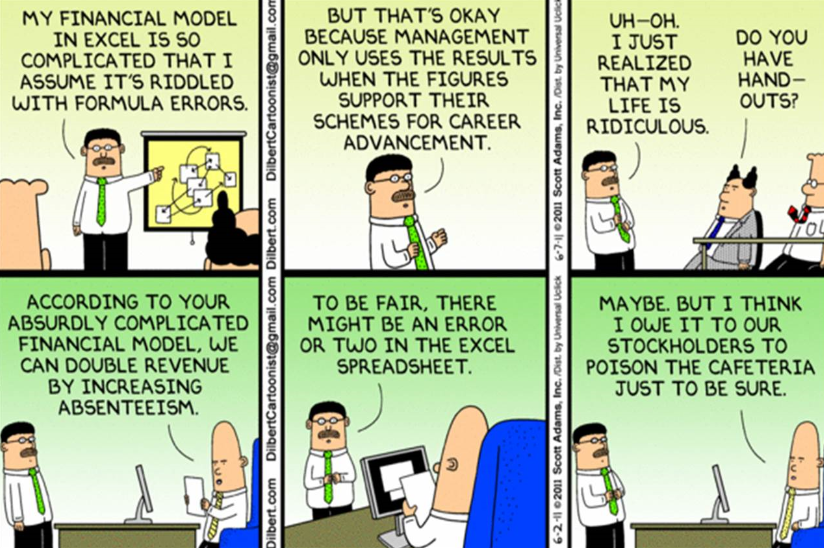
But it doesn’t have to be like that. In the 90's the CRM concept was born, as a magnificent way of forever changing the way companies dealt with their customers. This, of course, generated a whole industry. More and more software providers saw the increase in demand and started building CRM systems. Big guys like Oracle, SAP, Siebel (founded by Thomas Siebel, who used to work for Oracle) and IBM hoped to dominate the market, and they did, for a time. They came with this concept of an online CRM that could be used on the go. A mobile CRM. Sadly, user adoption wasn’t great because few people had mobile devices in the 90's.
But in 2007 cloud based services became more and more popular. SalesForce built a flexible/customisable CRM. This was huge. Their CRM looked cool, it was quicker than others, cheaper. Suddenly Salesforce became very popular. They even have their name on a building, that has an amazing fish tank in their reception area.

Microsoft got in the game in 2003 with the release of Microsoft Business Solutions Customer Relationship Management 1.0”… a snappy title which was of course reduced to CRM 0.1.
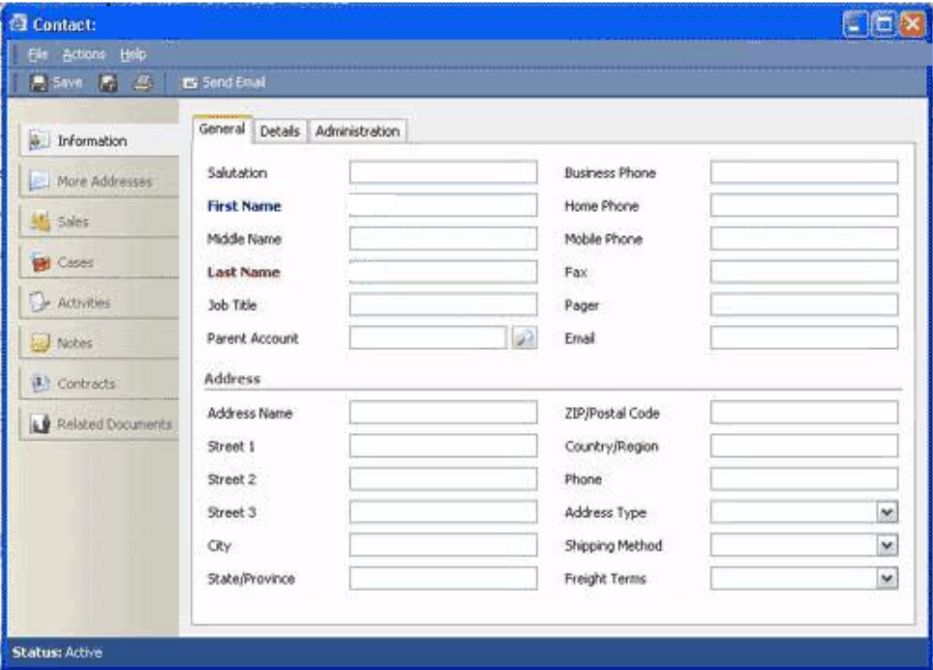
CRM 1.0.In 2005 they included CRM in the Dynamics family, so the following version was Microsoft Dynamics CRM 3.0. I won’t go through all the versions, as I’ve bored you enough, you can read a good overview on the system’s evolution here.
I’ll just say this: in 2013, Microsoft released Dynamics CRM 2013 with their eyes wide open towards the future. This version came with a brand new ‘metro’ design, mobile apps, complex processes and an inclination towards the online (this is when you have the system hosted by Microsoft, and you don’t need any servers).
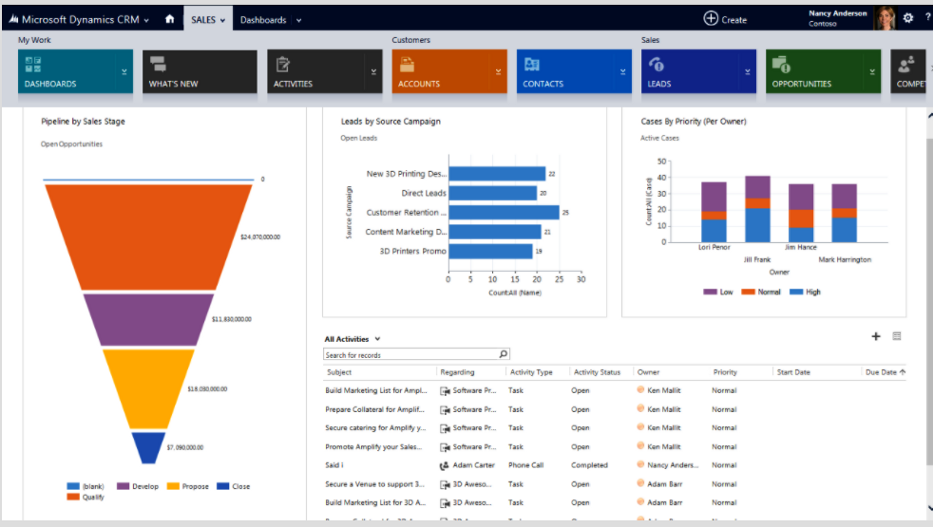
Ever since, Microsoft have invested heavily in the Dynamics suite, allowing companies to integrate Microsoft Systems such as Office (for email and calendar integration), SharePoint (for document management) and many more. All this, while on the move:
OK, so you get the gist. A CRM is a system that allows companies to keep count of their sales, service and marketing. They do that by storing information about clients, products and deals. Any business, no matter how big or small, needs and uses that sort of tool. It is so successful, that even government organisations are implementing it.
While Dynamics CRM comes a lot of functionality, it is also very flexible. You can make the system look and feel like the actual business you are applying it to. To be a Dynamics CRM consultant, you will have to know what to do with out of the box components and how to customise the system. A technical consultant also knows how to extend CRM using code, but that’s something for another day. Next time, we’re going to talk about some of the Dynamics CRM functionality, starting with Sales.
This article was first published on Medium.
